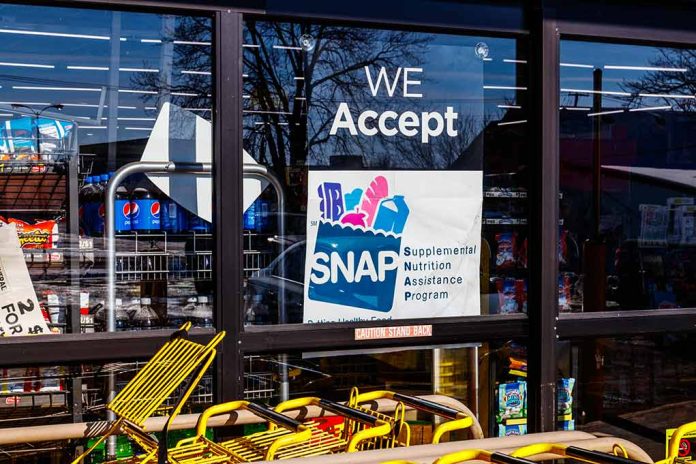(HealthyExaminer.com) – Food insecurity continues to impact American households with an average of 10.5% struggling to afford healthy food. This ongoing problem doesn’t have a simple solution, but Americans who are experiencing food insecurity do have options through federal relief programs. One such option is the Supplemental Nutrition Assistance Program (SNAP), which provides nutritional benefits to low-income qualifying families.
SNAP Explained
SNAP was once referred to as food stamps. This program provides low-income individuals and families with money to purchase groceries. Qualifying beneficiaries of SNAP receive those funds on a debit card that can be used at approved locations to purchase approved items. Program qualifications specify low-income households with minimal assets, and household members include anyone who eats and/or prepares meals in the home.
Income Guidelines
SNAP specifies “income” as money earned through employment, unemployment benefits, government aid programs, disability assistance, and child support payments. To qualify, a household must have a gross monthly income at or below 130% of the poverty line. In most cases, the net income will fall below the federal standards for poverty.
The poverty line is determined by the number of people in a family. The income guidelines are consistent in every state but Alaska and Hawaii, which allow a higher income threshold. One exception includes households with a disabled family member or member over the age of 60. In this case, the monthly income requirements are waived, and the applicant would only need to qualify for the net income requirement.
SNAP applicants may be able to deduct certain allowable expenses from their income. This could include childcare expenses and medical costs. A 20 percent deduction is applied to all tax paying households. A further standard deduction is also applied, which varies by state and family.
Asset Guidelines
“Assets” include any items the household could sell to afford groceries. Each state sets a limit for approved assets, which can include essential items such as a family home and personal property. Eligible SNAP applicants must demonstrate that they have less than $2,500 in total assets to receive benefits. For households with a family member over the age of 60, the asset limit is extended to $3,750.
Work Requirement
SNAP also requires adult applicants to be employed, looking for work, or taking part in a job training program. Applicants and SNAP recipients cannot voluntarily quit a job or reduce their work hours while receiving benefits. The program exempts elderly members, pregnant members, and those who are unable to work due to health reasons.
Automatic Ineligibility
There are some rules regarding automatic ineligibility for SNAP even if someone meets the income and asset requirements. This program is not accessible to non-citizens, strikers, and some students. Legal immigrants with a disability or dependents to care for who have lived in the United States for at least 5 years may be eligible for benefits.
Adults without minor children may be eligible for SNAP, but if they are unemployed, they are only able to access the program for three months out of every three years. Applicants and SNAP recipients who attempt to defraud the system with false information can be banned from receiving benefits for life.
Applying for Benefits
Many low-income Americans find themselves needing assistance, and there is great courage in asking for help. Life may knock you down, but it’s how you get back up and try again that truly matters. If you or someone in your life needs help affording food, SNAP might be able to help. Contact your local SNAP office for more information or apply online for benefits.
Copyright 2023, HealthyExaminer.com












